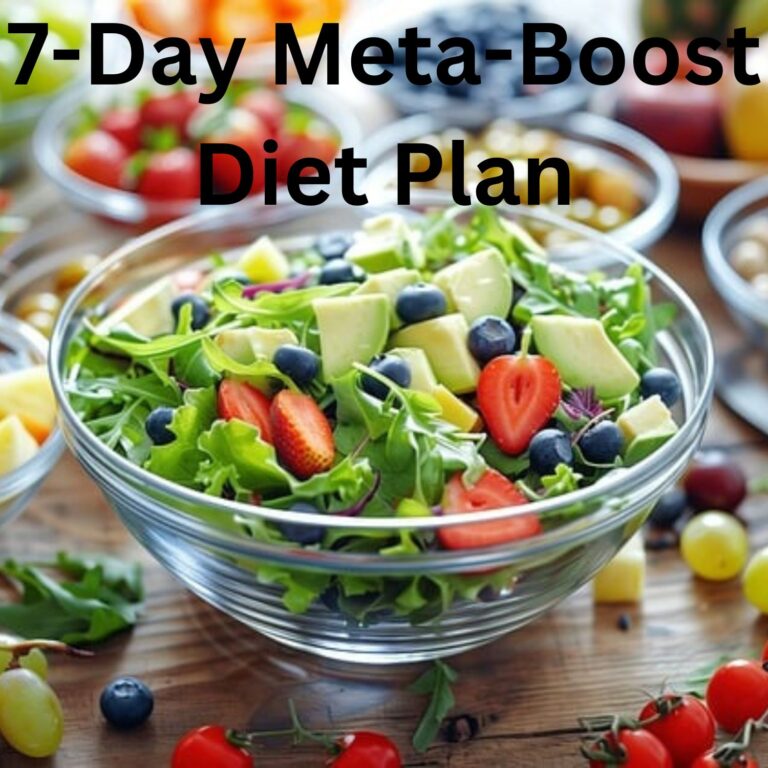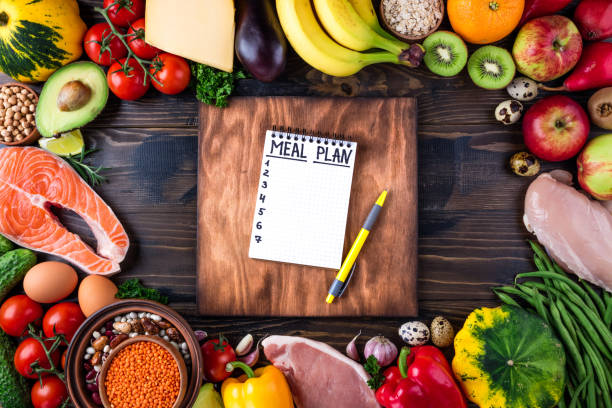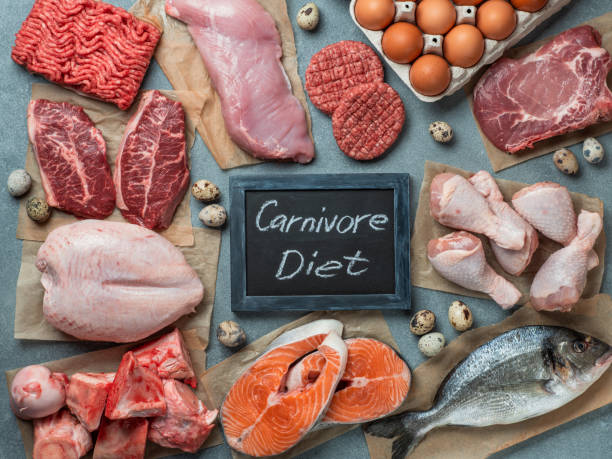Transform Your Health: The 7-Day Gout Diet Plan for Quick Relief

Introduction to the 7-Day Gout Diet Plan
Gout is a kind of arthritis that causes severe pain and swelling, particularly in the joints. If you’ve been diagnosed with gout, you understand how debilitating it can be. The good news is that the appropriate diet can help you control your symptoms and avoid episodes. This 7-day gout diet plan is intended to help you lower uric acid levels, avoid frequent gout triggers, and live a healthier lifestyle.
Understanding Gout and the Triggers
What is Gout?
Gout is a kind of inflammatory arthritis characterized by sudden and intense joint pain, redness, and swelling. It happens when uric acid levels rise in the blood, causing sharp crystals to develop in the joints. These stones induce extreme pain, inflammation, and swelling.
Common Triggers of Gout
Several causes can cause gout episodes, including a purine-rich diet, dehydration, obesity, and certain medical problems. Alcohol, particularly beer and sugary beverages, is a recognized trigger. Understanding these factors is the first step towards successfully controlling gout.
Why Diet is Important for Managing Gout
Diet is important in gout management since it has a direct effect on your uric acid levels. By avoiding high-purine meals and adding more gout-friendly alternatives, you can drastically lessen the frequency and severity of gout episodes.
The Importance of a Gout-Friendly Diet
Role of Purines in Gout
Purines are naturally occurring compounds present in some diets. When the body breaks down purines, it produces uric acid. High uric acid levels can contribute to gout episodes, therefore it’s critical to limit your consumption of purine-rich foods.
Avoid foods high in purines.
To control gout, avoid purine-rich foods. Red meat, organ meats, shellfish, and some types of fish, such as sardines and anchovies, are all examples. Limiting or avoiding these meals can help you keep your uric acid levels under control.
Low-Purine Foods That Are Safe
Fortunately, there are plenty of low-purine foods that you can enjoy without worrying about activating a gout attack. These include most fruits and vegetables, whole grains, low-fat dairy products, and plant-based proteins like beans and lentils.
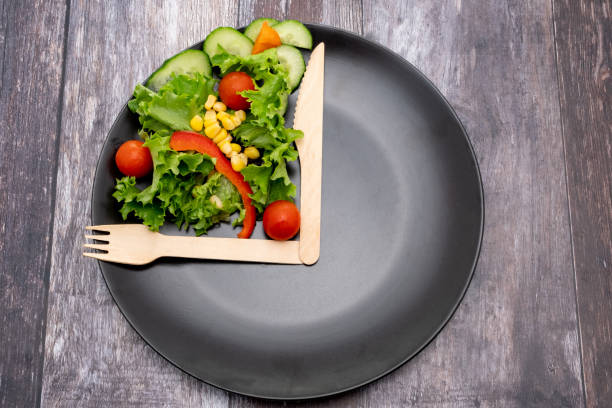
Hydration and Its Impact on Gout
Benefits of Drinking Water
Maintaining hydration is essential for gout therapy. Drinking enough water helps drain uric acid from your system, which reduces the risk of joint crystal development. Drink at least 8-10 glasses of water every day to stay hydrated.
Beverages to avoid
While water is good, some drinks might aggravate gout symptoms. Sugary beverages, including soda and fruit juices with added sugar, can raise uric acid levels. Alcohol, particularly beer, should be avoided since it has a high concentration of purines and might cause gout.
7-Day Gout Diet Plan
Day 1: Detox and Hydrate
Breakfast: Berry smoothie.
Begin your day with a refreshing, antioxidant-rich berry smoothie. Combine strawberries, blueberries, and a dash of almond milk. Berries are rich in vitamin C and low in purines, thus they can help lower uric acid levels.

Lunch: Quinoa salad with mixed greens.
Quinoa is an excellent low-purine grain with a high protein content. Combine it with mixed greens, cucumber, and a light lemon vinaigrette for a filling meal.
Dinner: Grilled chicken and steamed vegetables.
For supper, choose lean protein like grilled chicken breast and steamed veggies like broccoli and carrots. This meal is rich in nutrients and low in purines.
Day 2: Incorporating Anti-Inflammatory Foods
Breakfast: Muesli with cherries.
Muesli is a heart-healthy option, and cherries offer a delicious, anti-inflammatory kick. Cherries have been demonstrated to decrease uric acid levels and the likelihood of gout episodes.
Lunch: Spinach and Tofu Stir-Fry
Spinach is a low-purine vegetable, and tofu provides a plant-based protein alternative. Stir-fry them with a touch of soy sauce and garlic for a tasty supper.
Dinner: Baked Salmon and Asparagus
Salmon contains a high concentration of omega-3 anti-inflammatory fatty acids. Serve with roasted asparagus for a healthy supper that promotes joint health.
Day 3: Focus on Low-Purine Protein Sources
Breakfast: Greek Yoghurt and Berries
Greek yogurt is low in purines and strong in protein. Add a handful of berries for flavor and nutrition.
Lunch: lentil soup.
Lentils are an excellent source of plant-based protein with few purines. A warm cup of lentil soup is both satisfying and good for your gout.
Dinner: Turkey meatballs on zucchini noodles.
Turkey is a lean meat alternative with fewer purines than red meats. Combine turkey meatballs with zucchini noodles for a low-carb, low-purine meal.
Day 4: Emphasizing Fruits and Vegetables
Breakfast: Green smoothie.
A nutritious green smoothie may be made by blending spinach, kale, a banana, and a splash of almond milk. This drink is high in vitamins and minerals that promote general wellness.
Lunch: Vegetable wrap.
Fill a whole wheat wrap with a variety of veggies, such as bell peppers, cucumbers, and avocado. Drizzle with hummus for added flavor.
Dinner: stir-fried tofu and broccoli.
Tofu is a diverse protein source with minimal purine content, and broccoli is a cruciferous vegetable that is beneficial for gout. Stir-fry them for a quick and simple meal.
Day 5: Balancing Carbohydrates and Protein
Breakfast: Whole Grain Toast with Avocado.
Begin the day with a slice of whole-grain bread topped with mashed avocado. Avocados are low in purines and high in good fats.
Lunch: Chickpea salad.
Chickpeas are another plant-based protein with few purines. Combine them with fresh vegetables and a lemon tahini dressing to make a wonderful salad.
Dinner: Grilled Shrimp and Quinoa
Shrimp has less purines than other seafood sources, making it an appropriate protein for gout. For a well-balanced meal, pair it with quinoa.
Day 6: Adding Omega-3 Fatty Acid
Breakfast: Chia Pudding and Berries
Chia seeds are high in omega-3 fatty acids, which may help decrease inflammation. Make chia pudding the night before and top with fresh berries in the morning.
Lunch: Tuna salad.
Tuna is another omega-3-rich seafood, albeit it should be consumed in moderation due to its modest purine concentration. Combine it with greens to make a delicious salad.
Dinner: Mackerel and Roasted Vegetables
Mackerel is abundant in omega-3s and complements roasted vegetables such as sweet potatoes and Brussels sprouts. This supper is both tasty and gout-friendly.
Day 7: Reviewing and Sustaining the Diet
Breakfast: smoothie bowl.
Prepare a nutrient-dense smoothie bowl by blending a variety of fruits and topping it with nuts and seeds. This dish is adaptable and may be tailored to your tastes.
Lunch: chicken Caesar salad.
Choose a lighter Caesar salad that has grilled chicken, romaine lettuce, and a low-fat dressing. This dinner is delightful while also keeping purine levels in check.
Dinner: Vegetable stir-fry with brown rice.
Wrap out the week with a vegetable stir-fry served over brown rice. This meal is high in fiber, vitamins, and minerals, which improves general health.
Tips for Sticking to the 7-Day Gout Diet Plan
Meal prep and planning
Preparation is essential for remaining on track with your gout diet. To make cooking easier, plan your meals ahead of time and prepare the supplies. This can assist you avoid making last-minute judgments that may result in poor dietary choices.
Snacking smartly.
Keep healthy, low-purine snacks on hand to satisfy hunger in between meals. Nuts, fresh fruit, and yogurt are excellent options for maintaining energy levels while avoiding gout symptoms.
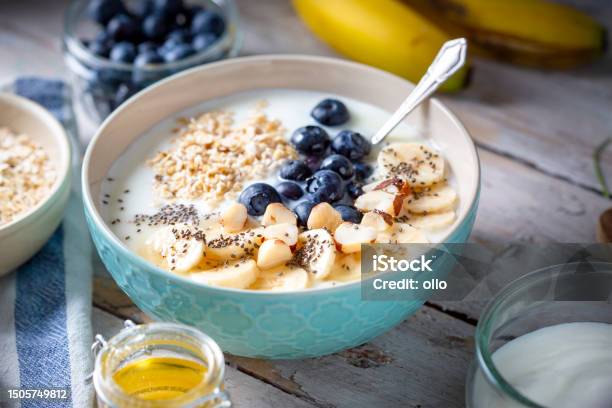
Monitor your symptoms.
Throughout the 7-day regimen, pay close attention to how your body reacts to the food. If you observe an improvement in your gout symptoms, try implementing any of these dietary adjustments into your long-term eating habits.
Conclusion
The 7-day gout eating plan is intended to help you manage gout symptoms by lowering uric acid levels and avoiding frequent triggers. Following this method can help you relieve gout discomfort and enhance your overall health. Remember, constancy is the key to success. Maintain the diet, assess your symptoms, and make changes as required.

